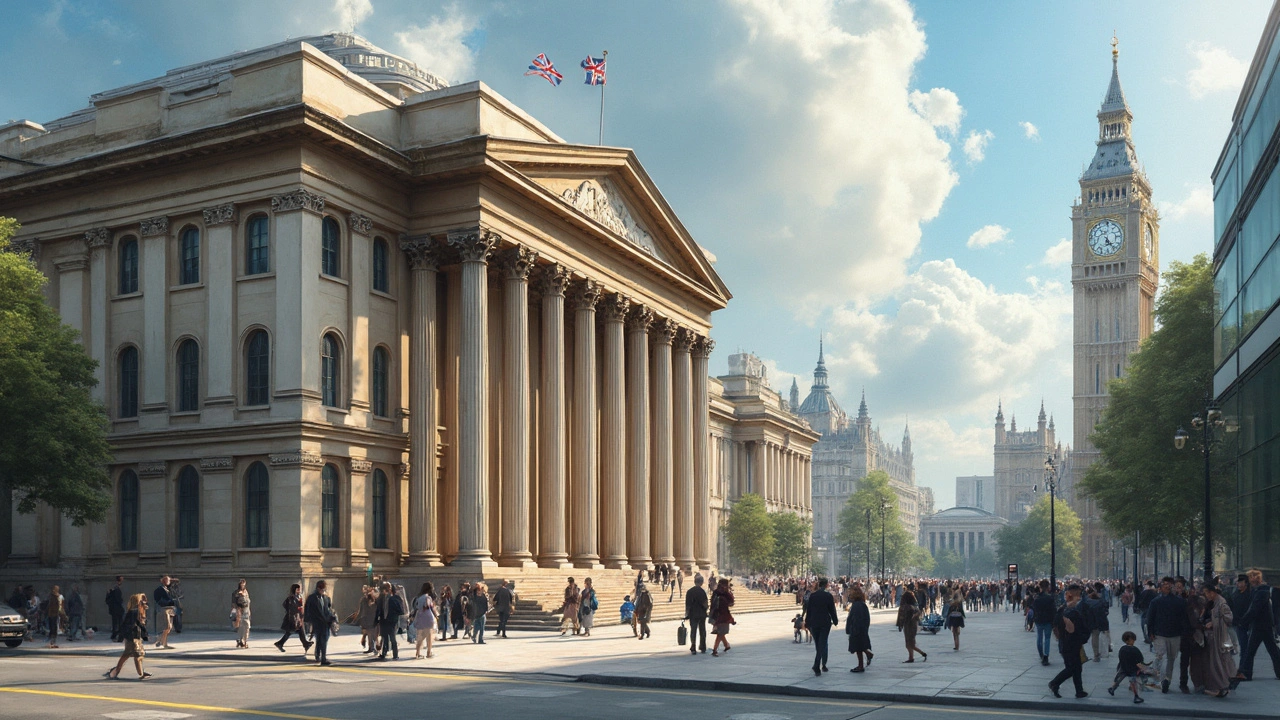Federal architecture pulls from a mix of styles, showing off not just power but also a sense of national identity. This article digs into how these buildings shape the way people experience cities, from courthouses and post offices to modern glass structures. You’ll get tips on recognizing key features and a look at hidden gems beyond Washington, D.C. We’ll also break down why these spaces feel so official and how they've changed over time. Expect plenty of practical insights if you want to spot federal design in your own city.
Historic Landmarks: How to See More Than Just a Pretty Facade
Historic landmarks are time machines you can walk into. One column, one cornice, or one weathered brick can tell you who built it, when, and why. If you want visits that teach you something—and photos that mean more than souvenirs—use simple methods that work anywhere.
Quick ways to read a building
First, check the big clues: symmetry usually points to Georgian or Neoclassical designs; tall columns can mean Greek Revival or Beaux-Arts; heavy arches and concrete hint at Roman influence. Look closer for details that narrow it down: sash windows and brickwork suggest Georgian, carved ornament and drama point to Baroque, while clean lines and glass scream modern movements like International Style or High-Tech. Don’t guess—read plaques or a nearby sign to confirm the era and architect.
Pay attention to materials and scale. Stone and hand-cut blocks often mean older construction; cast iron and glass show 19th-century industrial advances. If you see a dome, note whether it’s decorative or structural—domes changed engineering, not just style. These simple checks turn buildings into stories instead of just background.
Make your visit matter
Plan smart. Check opening hours, guided tour options, and any conservation rules—some sites limit photography or close sections for restoration. Go early or late for softer light and fewer crowds. If you photograph, focus on details—tiles, brackets, moldings—rather than only full-building shots. A detail photo reveals construction methods and style clues that wider shots miss.
Bring a small notebook or use your phone to jot one or two quick observations: date, standout detail, and one question you want answered later. This habit turns casual visits into mini-research trips you’ll remember. Use local resources too: visitor centers, online archives, and local heritage apps often share maps, old photos, and renovation histories.
If you care about preservation, find practical ways to help. Volunteer days, small donations, or joining a friends group all make a real difference. Supporting adaptive reuse projects keeps buildings alive and useful—an old factory turned community center matters more than a closed-up monument.
Finally, connect what you see to bigger stories. Notice how colonial buildings adapt local materials, or how Renaissance planning centers public life around squares and churches. Each style grew from practical needs, politics, or craft advances. Once you start linking design choices to history, every visit becomes richer.
Want to learn more? Our posts break down major styles, famous landmarks, and preservation tips to help you spot and enjoy architecture on your next outing. Keep looking—landmarks talk if you know how to listen.

